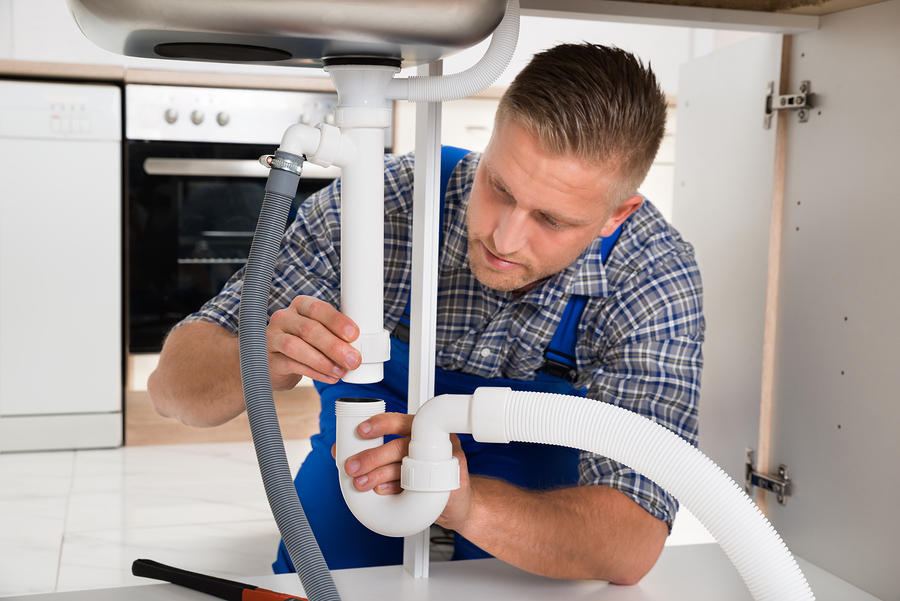Index Surge: Amplifying Your Insights
Stay updated with the latest trends and news across various industries.
When Pipes Go Wild: Tales of Plumbing Disasters and Quick Fixes
Discover shocking plumbing disasters and clever quick fixes in When Pipes Go Wild. Don’t let your home drown—dive in for solutions!
Common Plumbing Disasters and How to Avoid Them
When it comes to home maintenance, common plumbing disasters can wreak havoc on your property and finances. One of the most frequent issues homeowners face is a clogged drain, often caused by hair, grease, and food particles. To prevent this, it's essential to implement a regular cleaning routine such as using a drain strainer and periodically flushing your drains with hot water. Additionally, be wary of flushing anything that isn't toilet paper, as this can lead to significant blockages.
Another major problem is a leaking pipe, which can lead to water damage and mold growth if left unchecked. These leaks often occur due to aging pipes or a drop in water pressure. To avoid this plumbing disaster, consider scheduling annual plumbing inspections to catch potential issues early. Furthermore, understanding the signs of a leak, such as water stains on ceilings or walls, can save you time and money in the long run.

Quick Fixes for Burst Pipes: A Step-by-Step Guide
When faced with a burst pipe, acting quickly is essential to minimize damage. First, shut off the main water supply to prevent further flooding. After shutting the water off, drain the faucets to eliminate any remaining water in the pipes. Next, if a pipe is accessible, wrap it in a towel or cloth to catch drips. For temporary repairs, you can use plumber's tape or a rubber patch secured with a clamp to seal the leak until a professional can be contacted.
If you can't access the burst pipe, call a plumber immediately. While waiting for professional help, it's crucial to protect your belongings from water damage. Use buckets or containers to catch dripping water and cover furniture with plastic sheets or towels. Remember to check your home insurance policy, as it might cover damages caused by burst pipes. Following these quick fixes can help you manage the situation effectively while you await a repair service.
What to Do When Your Toilet Won't Stop Running?
If you find that your toilet won't stop running, the first step is to identify the cause. A common culprit is a faulty flapper valve, which can lead to water continuously leaking into the bowl. To start troubleshooting, remove the tank lid and inspect the flapper. If it's worn or misaligned, replacing it is usually a straightforward solution. Additionally, check the chain connected to the flapper for any tangles or excessive slack, as these can also interfere with proper functioning.
Another reason your toilet won't stop running could be a malfunctioning float. The float controls the water level in the tank, and if it’s set too high, water will keep spilling into the overflow tube. To adjust the float, locate the adjustment mechanism, which may be a screw or a clip, and make necessary changes. If you have tried these fixes and the problem persists, it may be time to call a professional plumber to diagnose and resolve the issue.